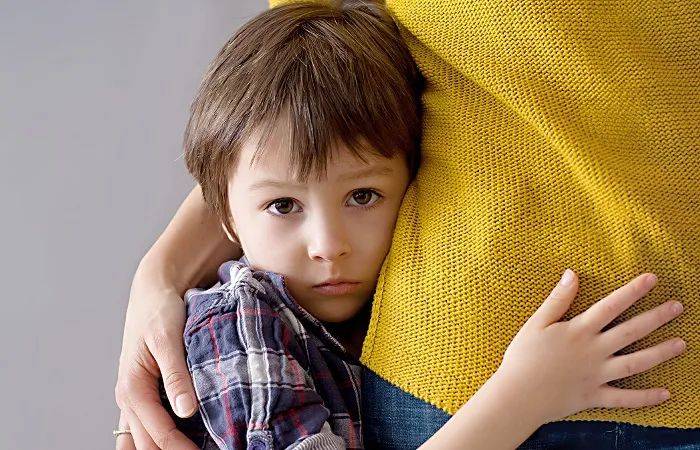Some parents may have encountered such a problem, their children inexplicably being scared to tears or particularly afraid of specific things/situations. In this case, simply avoiding it is not the solution, as it may even lead to the child developing fear reactions towards more things/situations (fear generalization), causing psychological issues and missing out on many opportunities to understand things correctly.
Encouragement or education often plays a minimal role in such situations. While psychological comfort and supportive company are essential factors that cannot be ignored, adjusting the microbial community can also help children overcome difficulties and develop better fear coping mechanisms.
The latest research has found that the gut microbiota quietly participates in the host’s fear behavior, whether it is in recognizing fear signals or memorizing fear.
Whether it’s social phobia or social fear, what does the gut microbiota have to do with it? “Food and Mind” introduced the role of the gut microbiota in social anxiety. In this issue, let us learn about the impact of the gut microbiota on non-social fears (fear, panic, terror, etc.).
1. Fear behavior and fear memory are closely related to the gut microbiota (in infancy)
Article: Infant gut microbiome composition is associated with non-social fear behavior in a pilot study
Journal: Nature Communications
Date: June 2021
Researchers revisited 34 infants aged 1 month to 1 year, a crucial period for the development of the brain, microbiota, and fear behavior. The infants included in the study were born vaginally, not exposed to antibiotics, and solely breastfed until the first month. In this study, scientists investigated whether the characteristics of the infant gut microbiota at 1 month and 1 year were related to the brain regions involved in fear loops at each age and fear behavior at 1 year.
Research findings:
The composition of the gut microbiota at one year of age is related to non-social fears (including facial fear, vocalization difficulty, bodily fear, startle responses).
A decrease in the phylum “Bacteroidetes” is associated with an increase in non-social fear behavior, while an increase in the genera “Weissella,” “Corynebacterium,” and the order “Clostridiales” is related to an increase in non-social fear behavior.
The gut microbiota community dominated by Bacteroidetes at one year of age is associated with less non-social fear. A relatively more mature gut microbiota community at one year may accelerate the maturity of fear behavior by reducing the response to non-social threats.
The microbiota is related to the development of brain regions associated with fear. Significant negative correlations include relative abundances of Streptococcus and amygdala volumes at one month and internal frontal lobe volumes at one year.
[…]


